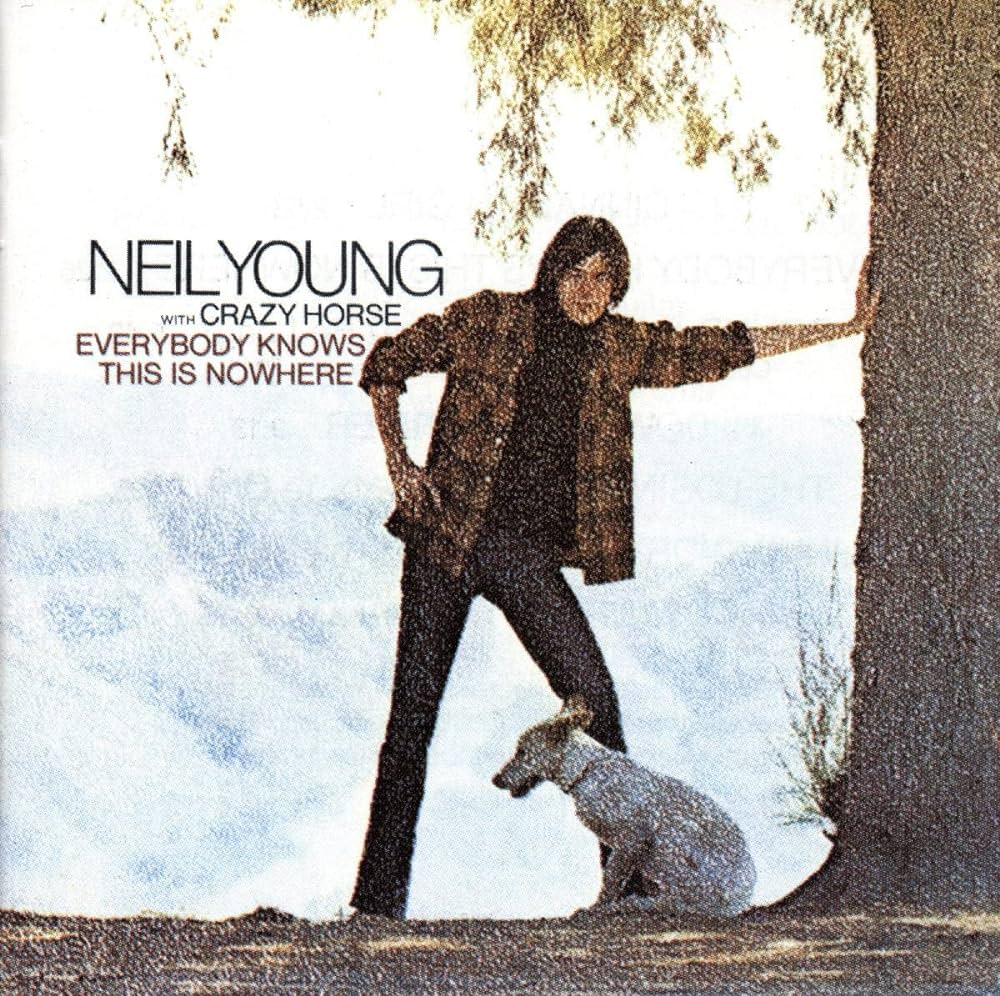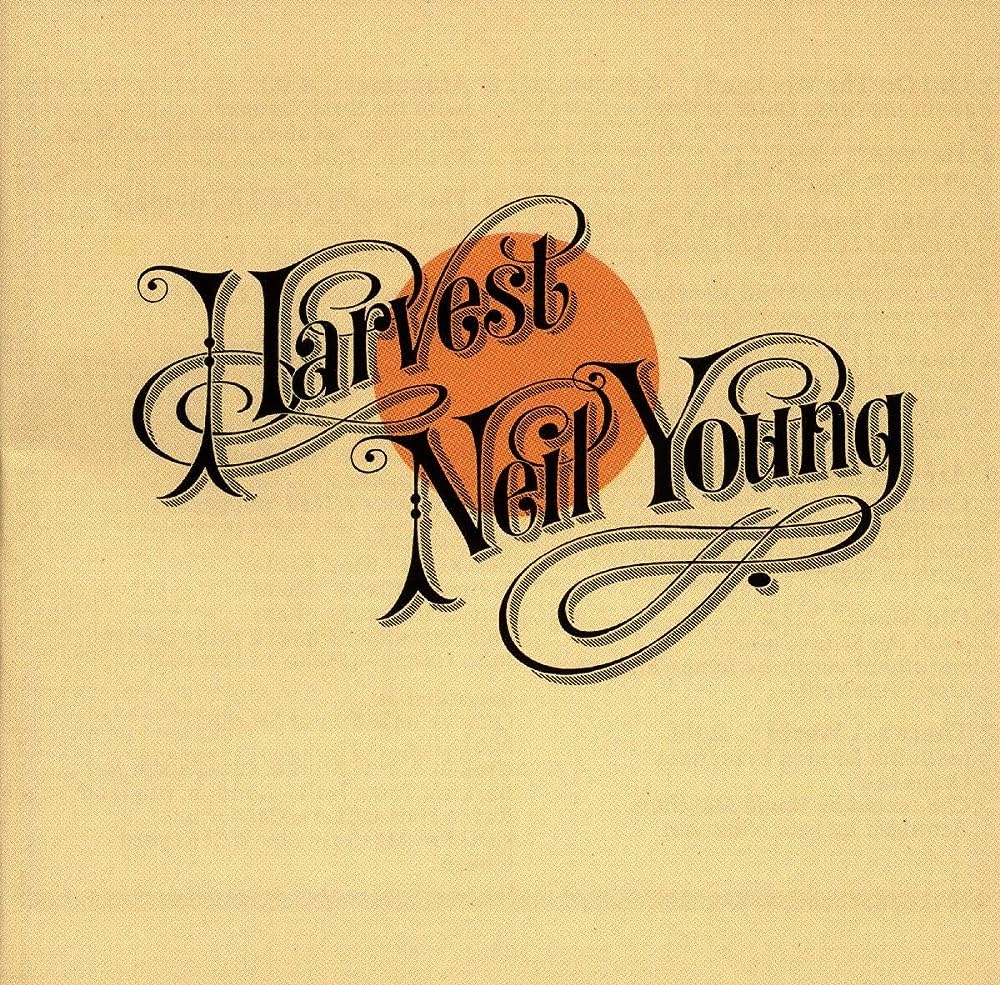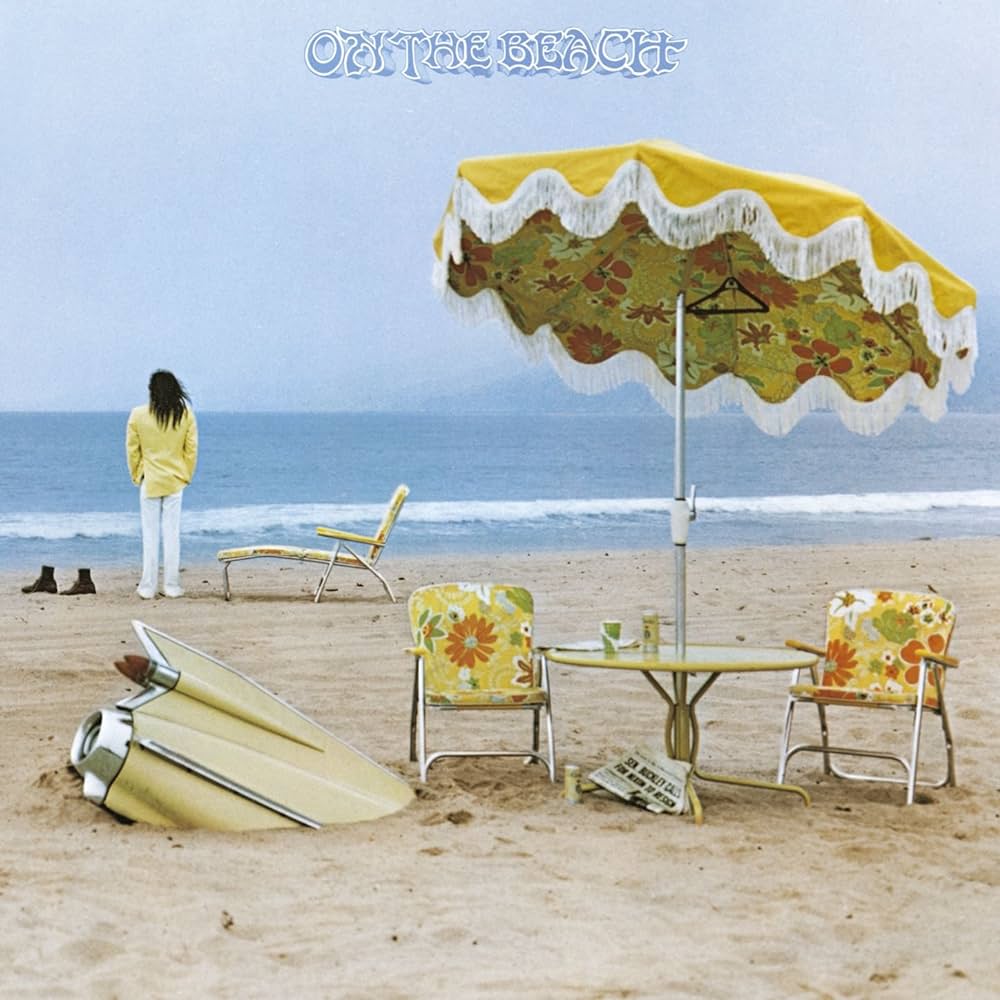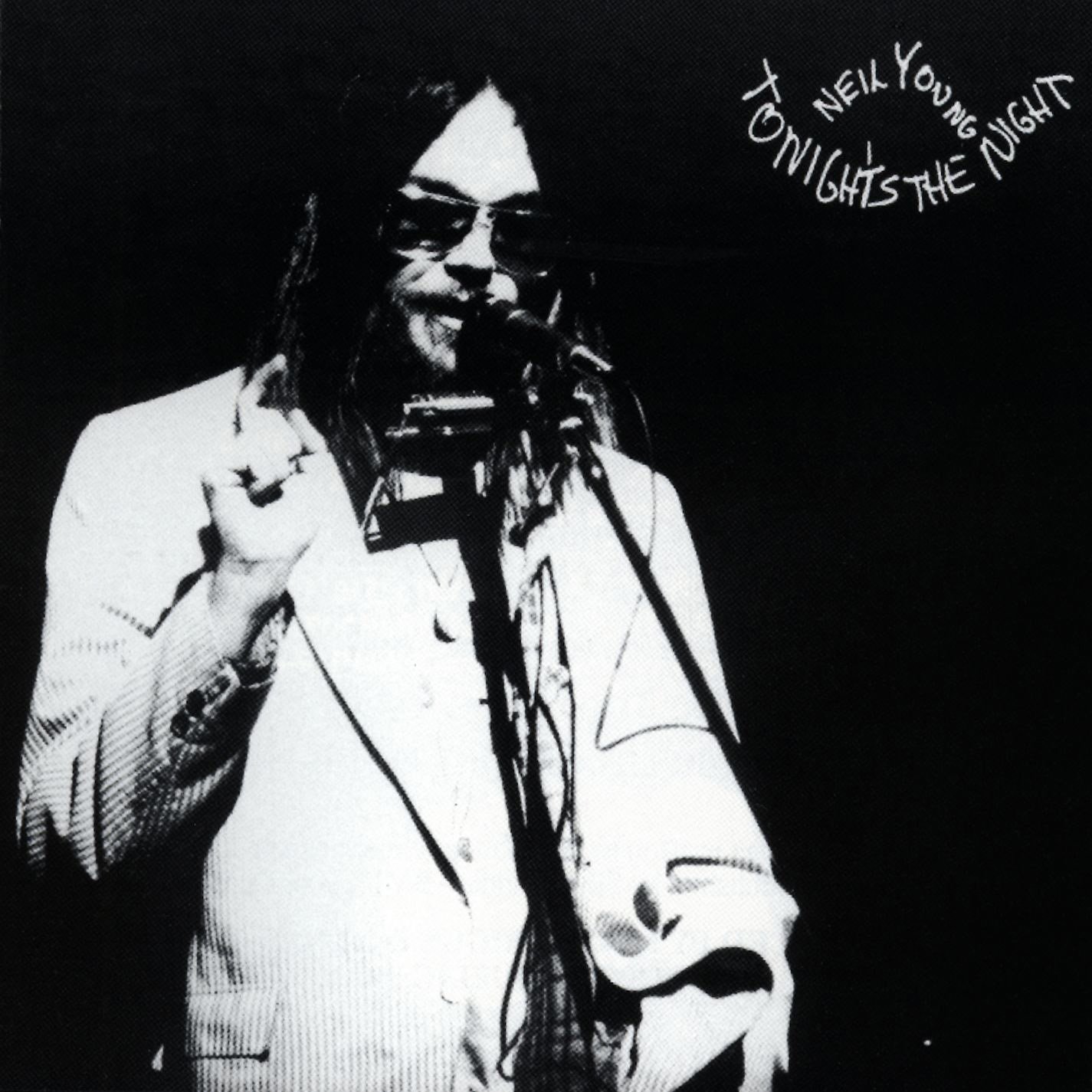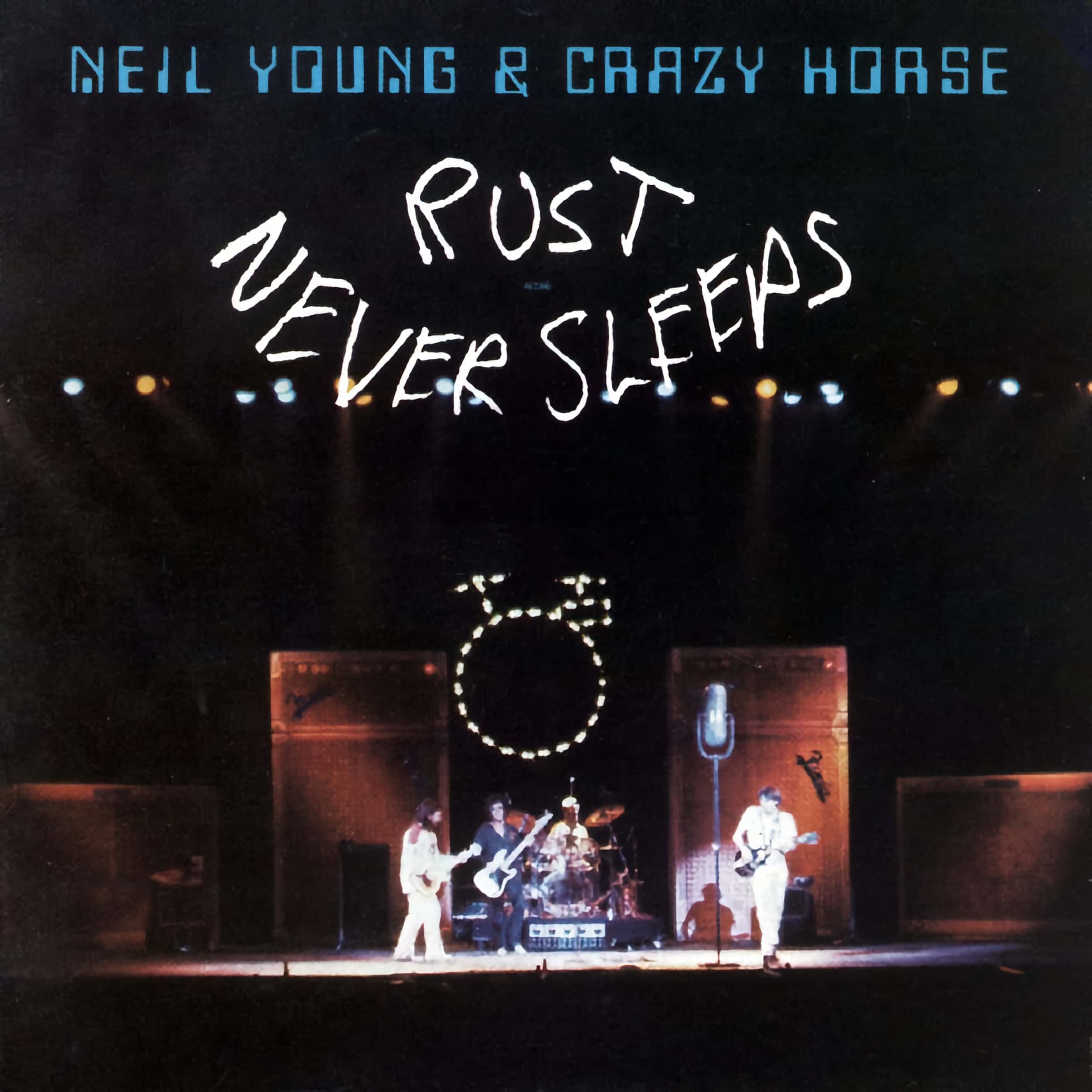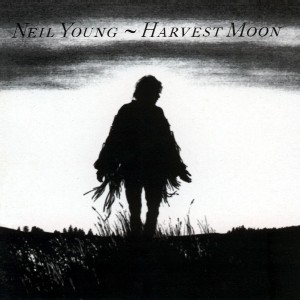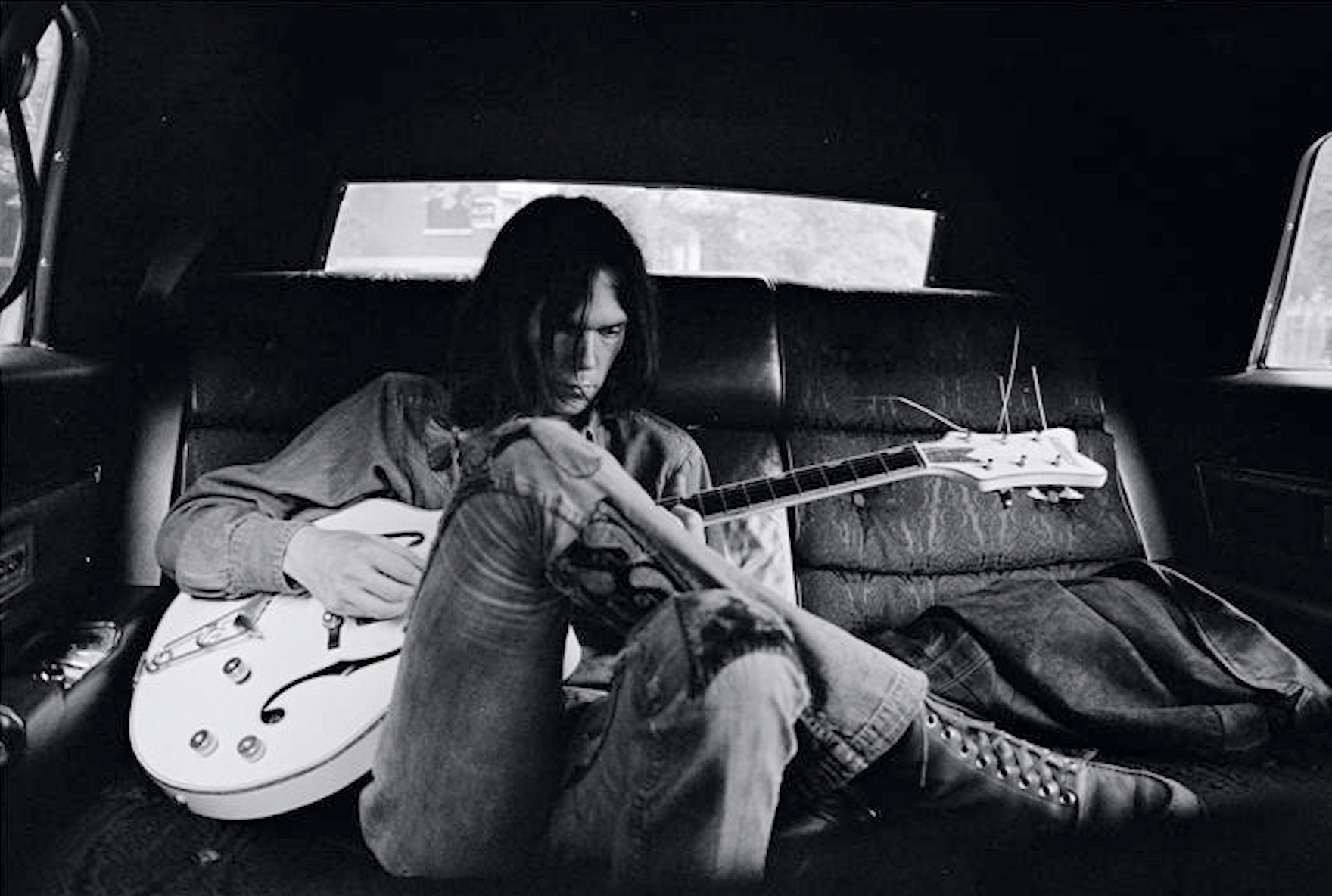

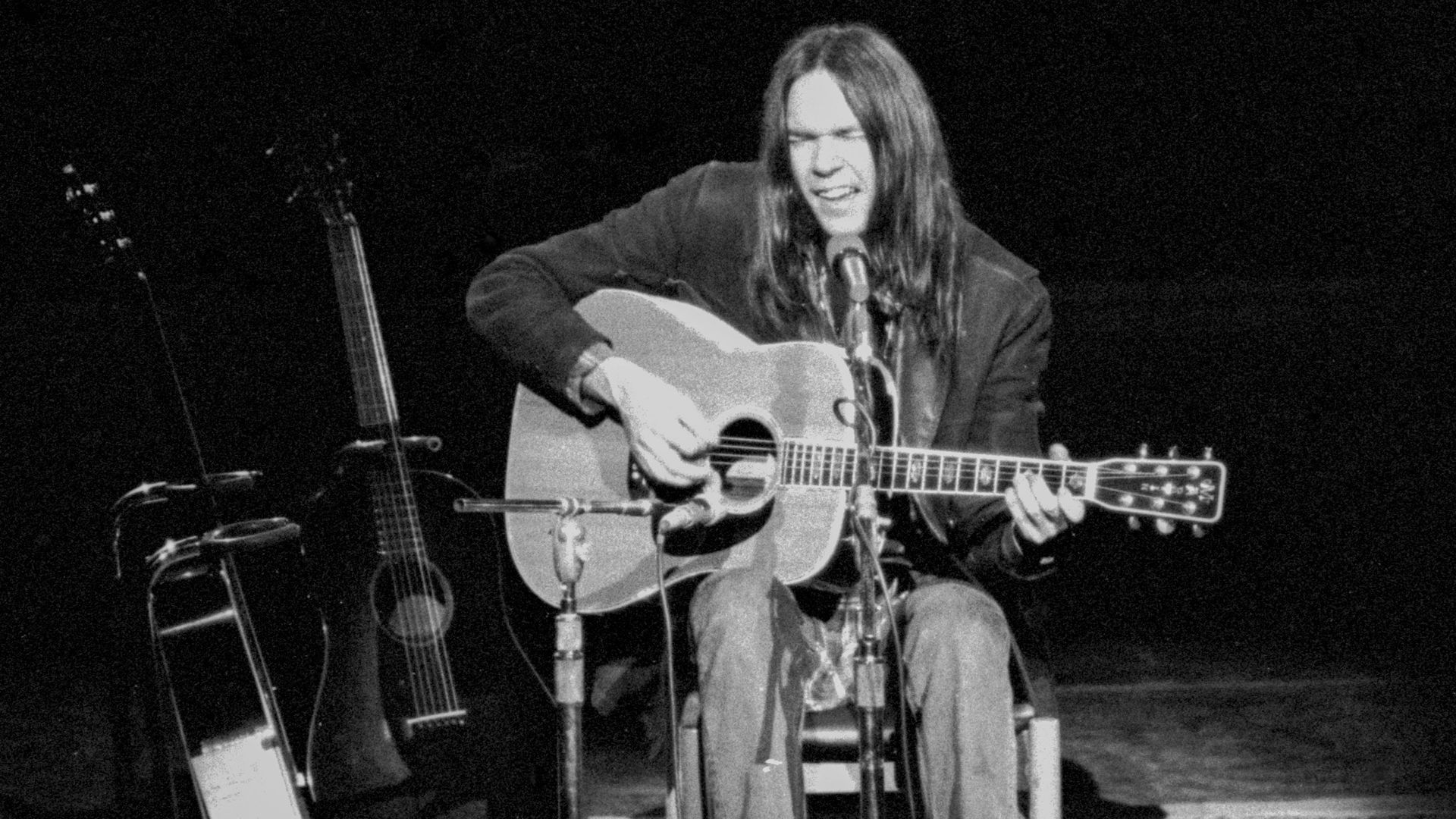
BIOGRAPHY
Neil Young, born on November 12, 1945, in Toronto, Canada, stands as a towering figure in the realm of rock music. His musical journey began with the co-founding of Buffalo Springfield in the 1960s, where his talents as a guitarist and songwriter began to emerge. However, it was his solo career that catapulted him to legendary status. Young's impact on rock music is profound, marked by his fearless experimentation with various styles and genres. His 1970 album "After the Gold Rush" and the critically acclaimed "Harvest" showcased his ability to blend folk, country, and rock seamlessly, earning him widespread acclaim.
One of Neil Young's enduring contributions to rock music lies in his influence on the development of the grunge movement. Bands like Nirvana and Pearl Jam drew inspiration from Young's raw and authentic approach, as well as his penchant for socially conscious lyrics. The distorted guitar tones and unpolished sound characteristic of grunge can be traced back to Young's earlier work, particularly his collaborations with Crazy Horse. Young's impact on the grunge scene is encapsulated in his song "Hey Hey, My My (Into the Black)," which Kurt Cobain famously referenced in his exploration of the complexities of fame and artistic integrity. This bridge between generations solidified Young's position as a seminal figure whose influence reverberates through the evolution of rock music.
Beyond his musical prowess, Neil Young's activism and advocacy for causes such as environmentalism and social justice have further enriched his legacy. Whether through his music or his efforts to effect positive change in the world, Young's impact on rock music transcends the boundaries of the stage, making him a cultural icon whose influence continues to shape the course of the genre. From his early days with Buffalo Springfield to his ongoing solo career, Neil Young's indelible mark on rock music is a testament to his artistic authenticity and unwavering commitment to pushing the boundaries of musical expression.
